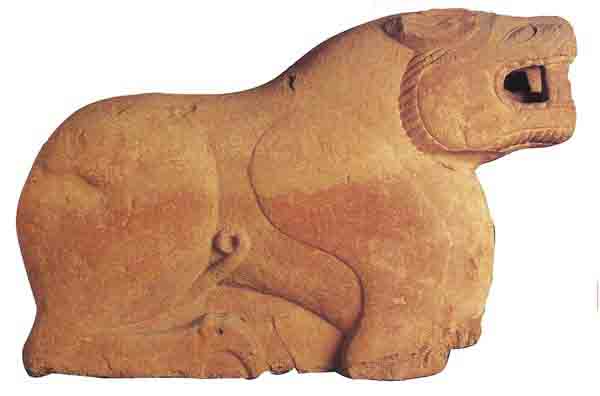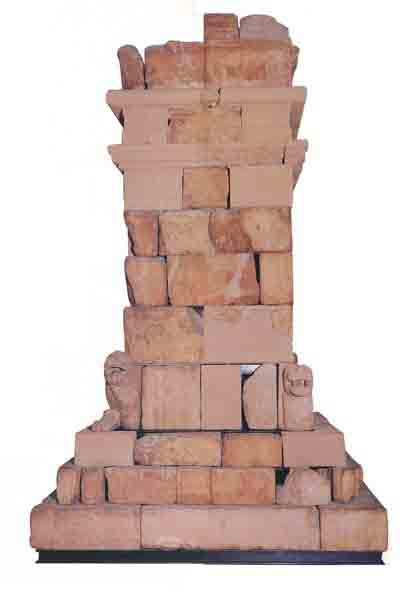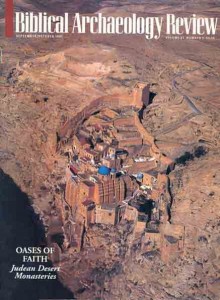From Death to Resurrection: The Early Evidence


This article will examine a remarkable but little-known Punic/Phoenician funerary monument from Pozo Moro, Spain. Behind it lie complex cultural influences, including some connections with the Biblical prophet Ezekiel and his vision of the valley of dry bones (Ezekiel 37). At opposite ends of the Mediterranean Sea, Spain and Canaan lie more than a thousand miles apart. But in the middle of the first millennium B.C.E., they shared a cultural relationship.
Pozo Moro, meaning “the well of the Moors” in Spanish, is a small village in the province of Albacete in southeastern Spain.1 In 1971, a farmer discovered some ancient remains there. Professional archaeological excavations subsequently revealed a huge funerary monument of stone. After reconstruction, the stone monument was placed in the central hall of the National Archaeological Museum in Madrid.
Already a library member? Log in here.
Institution user? Log in with your IP address.

